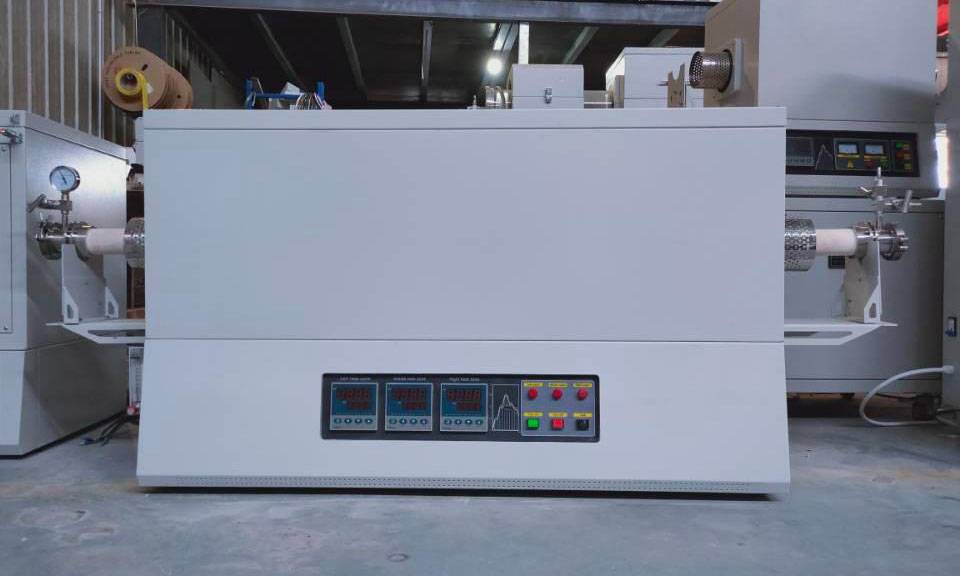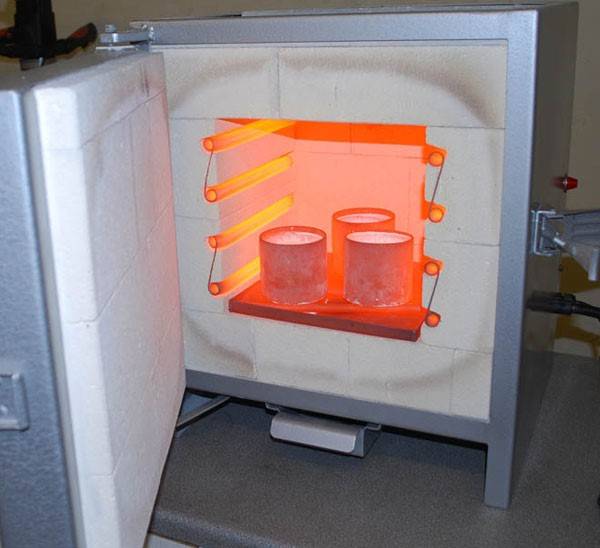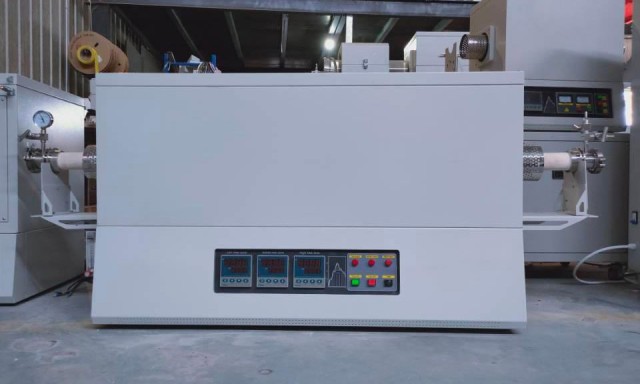Introduction to Tube Furnaces
Types of Heating Furnaces
Tube furnaces are integral components in a diverse array of industrial and laboratory settings, often working in tandem with other specialized furnaces to achieve specific heating and processing objectives. These include muffle furnaces, pit-type furnaces, bell-type furnaces, vacuum furnaces, and atmospheric furnaces, each designed to handle different materials and processes. For instance, muffle furnaces are ideal for processes requiring a controlled atmosphere, while vacuum furnaces excel in high-temperature applications without the risk of oxidation.
In addition to these, tube furnaces are also paired with tube fusion sealing furnaces for precise sealing operations, and shallow to deep rotary furnaces for continuous processing of materials over a range of depths. Tube glass sealing furnaces are utilized for delicate glasswork, ensuring uniform heating without thermal shock. For sensitive components, bell-type furnaces and rotary furnaces provide a stable environment, preventing damage during heating.
Industrial applications extend to automobile exhaust gas purifier calciner and three-way catalyst calciner furnaces, which play crucial roles in environmental control by reducing harmful emissions. Pre-air oxidation furnaces and carbon fiber carbonization furnaces are essential in the production of advanced materials, ensuring the structural integrity and performance of carbon fibers.
| Furnace Type | Application |
|---|---|
| Muffle Furnaces | Controlled atmosphere processes |
| Vacuum Furnaces | High-temperature applications without oxidation |
| Tube Fusion Sealing Furnaces | Precise sealing operations |
| Shallow to Deep Rotary Furnaces | Continuous processing over varying depths |
| Tube Glass Sealing Furnaces | Delicate glasswork with uniform heating |
| Bell-type Furnaces | Stable environment for sensitive components |
| Rotary Furnaces | Continuous heating for sensitive components |
| Automobile Exhaust Gas Purifier Calciner | Reducing harmful emissions |
| Three-way Catalyst Calciner | Environmental control in automotive industry |
| Pre-air Oxidation Furnaces | Advanced material production |
| Carbon Fiber Carbonization Furnaces | Ensuring structural integrity of carbon fibers |
Each type of furnace is meticulously designed to meet the unique demands of its intended application, ensuring efficient and effective heating processes across various industries.

Characteristics of Tube Furnaces
Tube furnaces are renowned for their ability to rapidly heat up and maintain thermal uniformity, making them ideal for a variety of applications. These furnaces feature cylindrical chambers surrounded by heating elements, which facilitate quick heat recovery and cool down cycles. This rapid thermal response is crucial for processes that require precise temperature control and swift adjustments.
Key Features of Tube Furnaces
- Independent Digital Control Modules: These allow for precise and independent control over heating parameters, ensuring that each segment of the furnace operates optimally.
- Double-Shell Construction: Provides enhanced insulation and structural integrity, contributing to better temperature stability and durability.
- Variable Density Insulation: Allows for customizable thermal insulation, optimizing heat retention and energy efficiency.
- Split-Hinge Designs: Enable versatile usage, whether in horizontal or vertical orientations, catering to diverse experimental setups.
Thermal Uniformity
One of the most significant advantages of tube furnaces is their unmatched thermal uniformity. Workpieces within the hot zone experience sustained temperatures of up to 1800°C (3272°F) across their entire 360° axis. This ensures completely consistent heat distribution throughout the chamber, leading to uniform heating across the entire cross-section of the workpiece. This level of uniformity is particularly beneficial for small batch production processes of thermally sensitive parts, as it minimizes thermal gradients and ensures consistent results.
Application Flexibility
Tube furnaces are designed to accommodate a wide range of applications, from heating metal and technical ceramic samples in air to operating under inert atmospheres or high vacuum conditions. They are available in various configurations, including horizontal, vertical, gradient, and diffusion models, ensuring that they can meet the specific needs of different heating processes. Whether for controlled and uniform temperature applications or for ramping up through a temperature profile, tube furnaces offer the flexibility and precision required for advanced thermal processing.
Burnout Operation Process of Tube Furnaces
Basic Principle of Burnout Operation
The burnout operation in tube furnaces is a critical process designed to maintain the efficiency and longevity of the furnace. Over time, when different workpieces are heated, they introduce various chemical substances into the system. These substances, under continuous high-temperature conditions, can react to form new compounds or alter their molecular structures, leading to the buildup of deposits on the furnace walls.
The burnout process leverages a mixture of steam and air, carefully balanced to create a high-temperature environment. This environment subjects the accumulated chemical substances to intense thermal stress. The high-temperature impact effectively dislodges these substances from the furnace walls. Once dislodged, these materials are then carried away by the steam and expelled from the furnace, ensuring that the internal surfaces remain clean and operational.
This process not only maintains the furnace's efficiency but also prevents potential issues such as reduced heating rates and compromised thermal uniformity. By regularly conducting burnout operations, operators can ensure that their tube furnaces continue to perform optimally, free from the detrimental effects of accumulated chemical residues.

Applications of Burnout Operation
The burnout operation in tube furnaces serves multiple critical functions that ensure the efficiency and longevity of the heating process. Firstly, it purifies the tube furnace by removing residual chemical substances that accumulate over time due to the continuous heating of different workpieces. This purification process is essential for maintaining the integrity and performance of the furnace.
Secondly, burnout operation enhances the heating rate of the tube furnace. By clearing out impurities and ensuring that the internal surfaces are clean, the heat transfer efficiency is significantly improved. This means that the furnace can reach the desired temperature more quickly, thereby reducing operational time and energy consumption.
Thirdly, this operation removes other gases in the heating furnace that may interfere with the heating process or react with the workpieces. These gases, if left unchecked, could compromise the quality of the heating and even pose safety risks. Through the burnout operation, these unwanted gases are effectively expelled, ensuring a cleaner and safer heating environment.
Lastly, burnout operation accelerates the heat dissipation of the tube furnace. Efficient heat dissipation is crucial for preventing overheating and potential damage to the furnace. By facilitating better heat transfer, the burnout operation helps in maintaining the furnace at optimal operating conditions, thereby extending its lifespan and ensuring consistent performance.
Related Products
- Multi Zone Laboratory Quartz Tube Furnace Tubular Furnace
- Vertical Laboratory Quartz Tube Furnace Tubular Furnace
- 1400℃ Laboratory Quartz Tube Furnace with Alumina Tube Tubular Furnace
- Vacuum Sealed Continuous Working Rotary Tube Furnace Rotating Tube Furnace
- 1700℃ Laboratory Quartz Tube Furnace with Alumina Tube Tubular Furnace






















